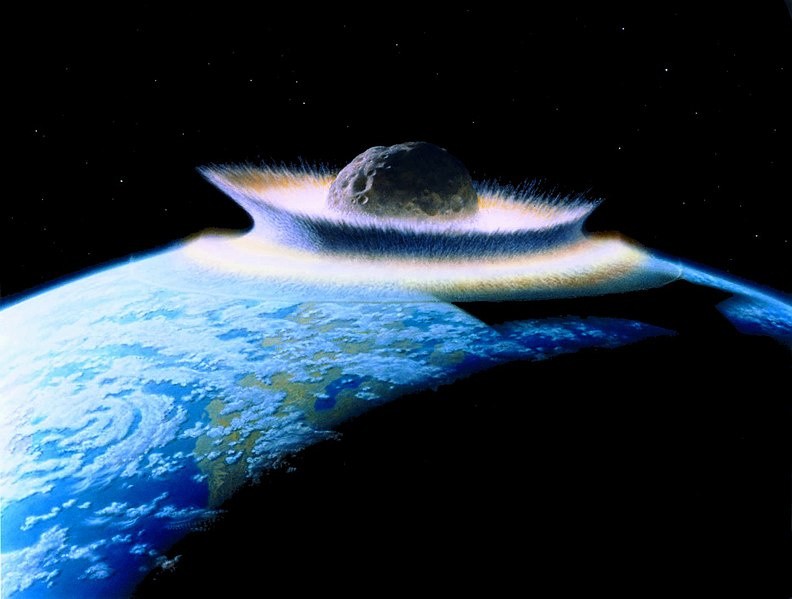Mile-high tsunami waves traveling halfway around the world occurred following the impact of the dinosaur-killing asteroid 66 million year ago, according to a new study led by researchers in the United States.
The Chicxulub asteroid is known for killing all dinosaur species and almost all of Earth's living animal and plant species at that time.
Now, a simulation shows it also caused a colossal, global tsunami.
Combined with site analysis worldwide, the new research further expanded our understanding of planet-killing asteroids, especially both its immediate and long-term impact to the planet.
The Chicxulub crater was discovered by geophysicists Antonio Camargo and Glen Penfield in Mexico's Yucatan Peninsula during the late 1970s.
Since then, scientists projected how the dinosaur extinction unfolded.
Global Tsunami

Findings about the mile-high tsunami wave were published in the journal AGU Advances on Tuesday, October 4, wherein researchers from the University of Michigan thoroughly explored the Chicxulub crater, which is the site of the asteroid impact linked with the Cretaceous Paleogene mass extinction.
The space rock reportedly hit shallow water and caused a giant tsunami.
In the new paper, the team presented the first global simulation of the Chicxulub impact tsunami, starting from initial contact of the projectile to its global propagation.
They used a hydrocode to project the displacement of crust, sediment, and water over the first 10 minutes and a shallow water ocean model.
Also Read: Chicxulub Asteroid: Scientists Discovered When the Dinosaur-Killing Asteroid Impacted Earth
Computer Simulation
The results yielded that the impact tsunami was up to 30,000 times stronger than the Indian Ocean tsunami on December 26, 2004, which is one of the largest tsunamis in the modern seismic record that killed approximately 200,000 people when a powerful earthquake struck Sumatra, Indonesia.
Water flow velocities exceeded 20 centimeters per second along shorelines around the world, as well as in open-ocean regions in the North Atlantic Ocean, equatorial South Atlantic Ocean, southern Pacific Ocean, and the Central American Seaway.
The simulation also showed the tsunami likely battered the seafloor and disturbed sediments more than 10,000 kilometers from the original impact site.
The tsunami was too strong it also eroded sediments in ocean basins halfway around the world, according to lead author Molly Range from the Department of Earth and Environmental Sciences at the University of Michigan, as cited by Live Science.
Dinosaur-Killing Asteroid
The University of Michigan study came out almost two months after previous research, which was published in the journal Science Advances, found not one but two asteroids being responsible for ending the reign of the dinosaurs.
The apparent second asteroid was based on discovered evidence about the Nadir crater, which is located off the coast of West Africa.
The August 2022 paper retains what we know about the Chicxulub asteroid impact but suggests that the second asteroid potentially finished off the dinosaurs.
Until now, details about the specific event in relation to the Nadir crater is still limited unlike the dinosaur-killing asteroid.
© 2025 NatureWorldNews.com All rights reserved. Do not reproduce without permission.





